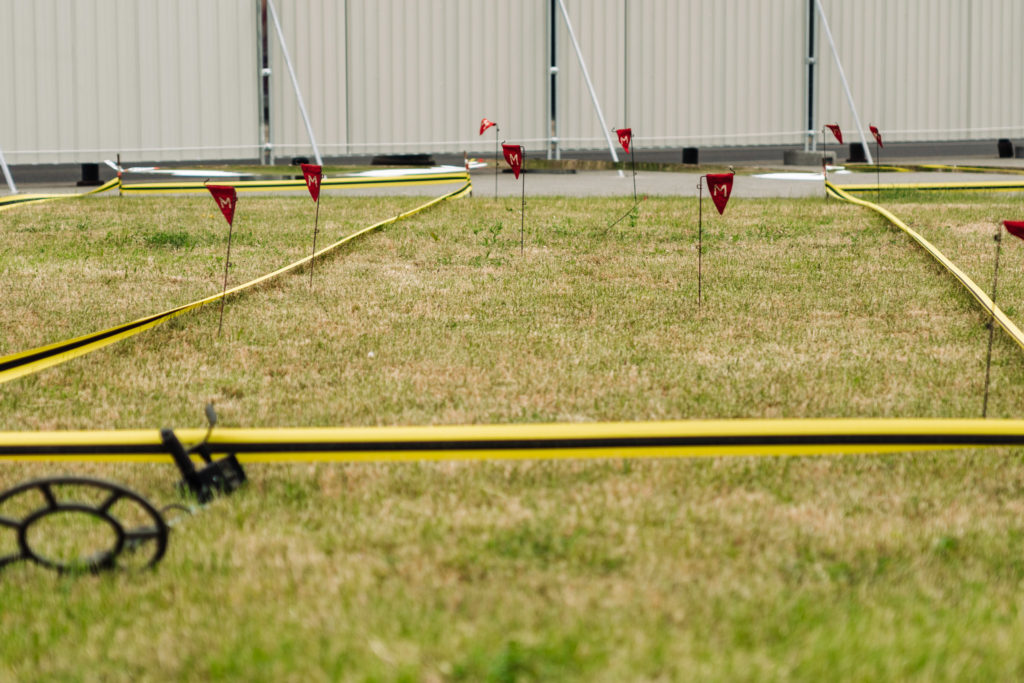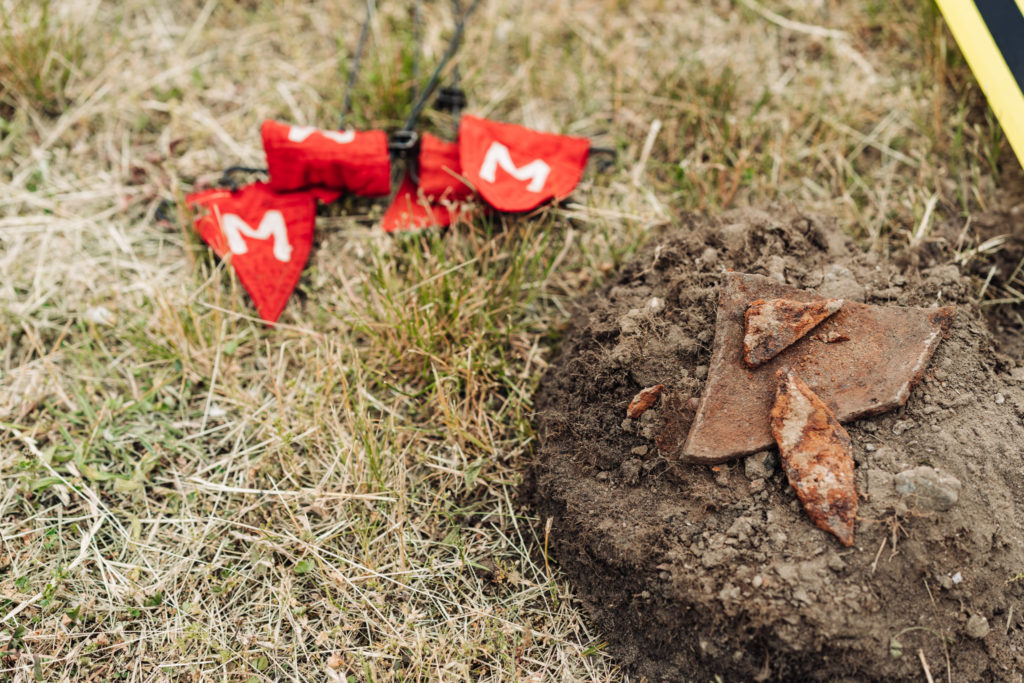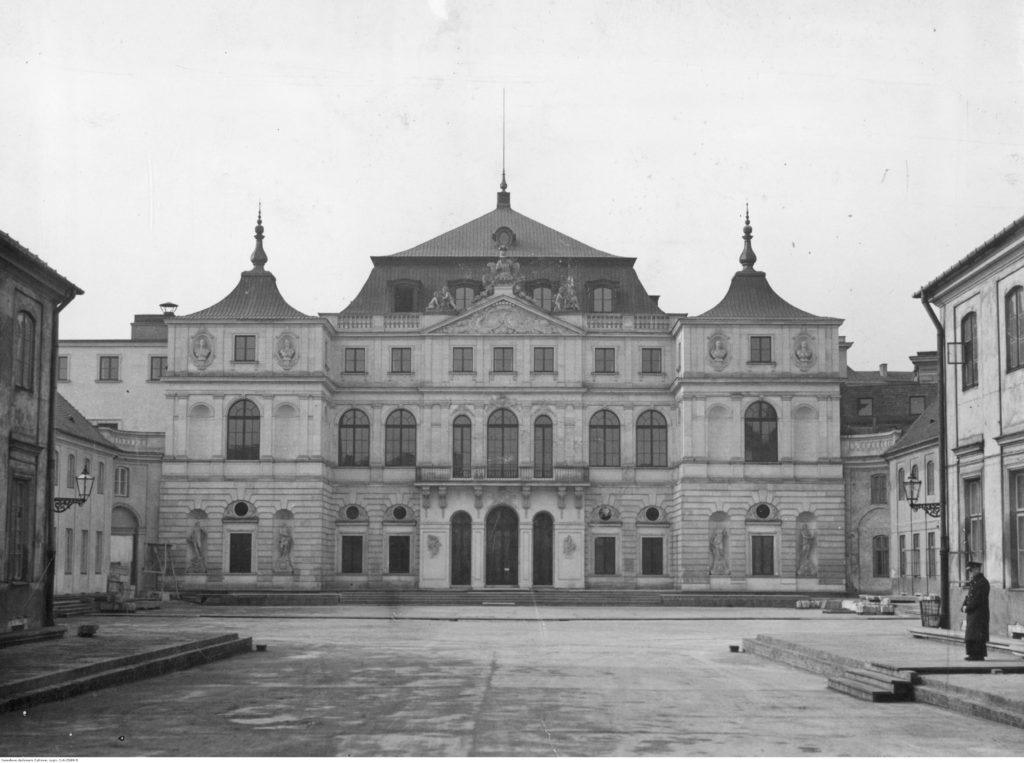Archaeological works commence at the site of the Brühl Palace
As preparatory work has been completed, an important moment has come - not only for the reconstruction process as such, but also for historians and local history enthusiasts. The Pałac Saski company is starting the first stage of archeological works to be performed on the site of the former Brühl Palace. Excavations will be carried out at this specific location for the very first time since its was cleared of rubble after World War II. Although it is difficult to predict what treasures are hidden in the area which used to belong to the Ministry of Foreign Affairs, the earlier archaeological works completed at the site of the Saski Palace show that there will be hundreds of years old historical artifacts.
Sappers in action

Those visiting Marshal Józef Piłsudski Square on a regular basis have already noticed the first signs of the new activities. A fence has been erected on its northwestern outskirts which expands the work area. Next, sappers will survey the land, making sure that no remnants of wartime ordnance or bombs are left in the ground, as these would pose a potential danger to the public. In 2008, such relics as an anti-tank mine and an artillery shell were found on the site of the former Saski Palace. Once the sappers finish their work, geophysical surveys will begin and perimeters of the first excavation pits will be set.

Excavations on the site of the Saski Palace
The area at Piłsudski Square where the Saski Palace and the adjacent townhouses at 6 and 8 Królewska Street originally stood was already thoroughly examined in 2006-2008. Thousands of artifacts were found during these archeological works. Painstakingly cleaned, marked and catalogued, they were then sent to the Warsaw Museum and the Warsaw Uprising Museum. Some of them could also be seen in the detailed photos of the temporary exhibition that adorned the fence surrounding the area.
Archaeological works at the Brühl Palace
Unlike the Saski Palace, the area formerly occupied by the Brühl Palace - except for a small fragment of its outbuildings - has never been surveyed. Unprecedented archaeological works in the historically rich, contemporary center of the capital city may bring a number of surprises. The excavations will take approximately six months to complete. The experts will explore the successive layers related to the past of the Brühl Palace, going back all the way to its very beginnings - the palace of Speaker of the Parlament Jerzy Ossoliński. Archaeologists will also have an opportunity to look into the earlier history of the site. Sigismund-era ramparts with a moat were once located here, the remains of which may prove to be a treasure trove of historical knowledge. However, before reaching the remnants of era of the reign of Sigismund III Vasa, they will explore the younger layers related to the interwar history of the palace, which then housed the elegant headquarters of the Ministry of Foreign Affairs.
